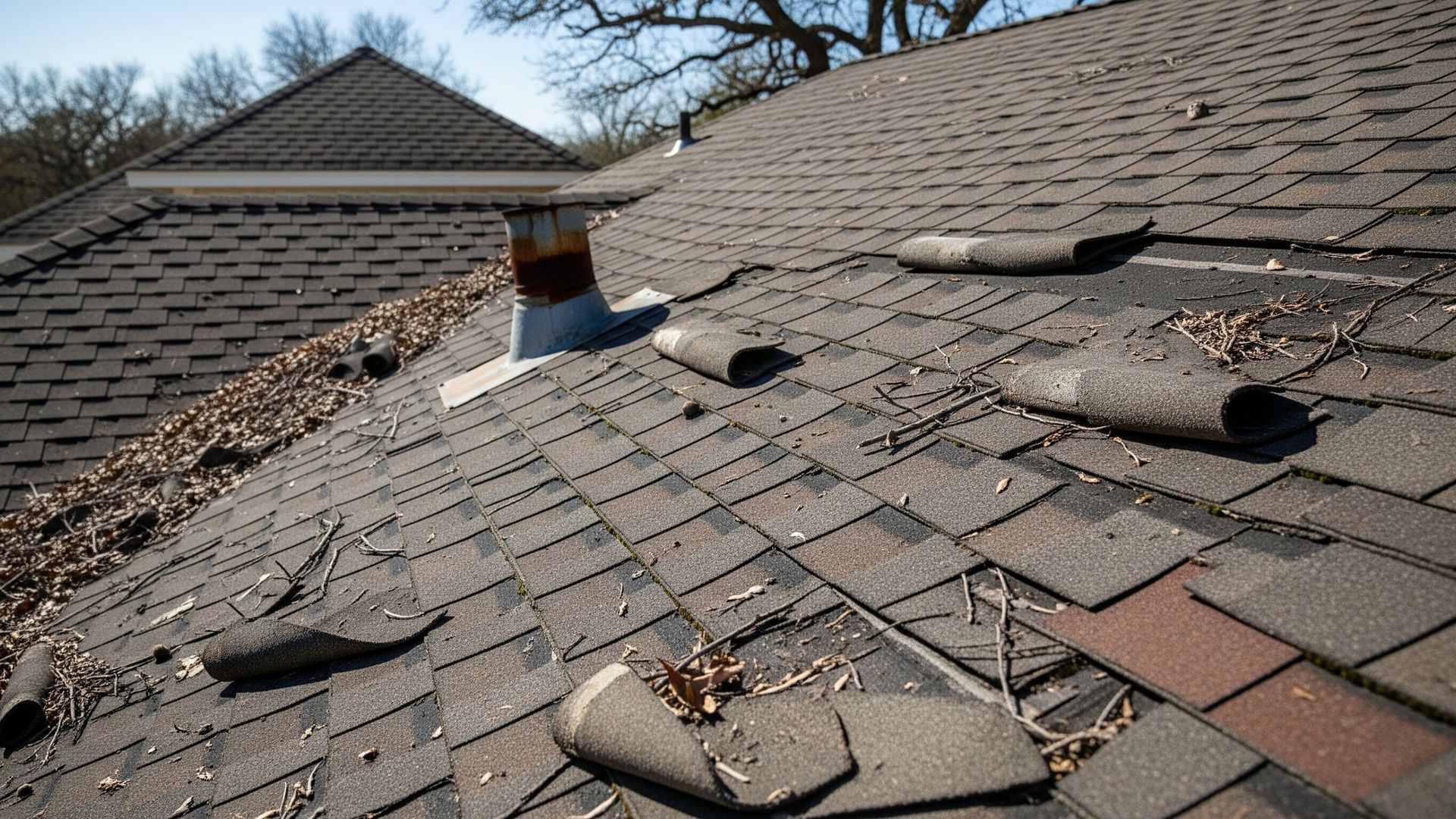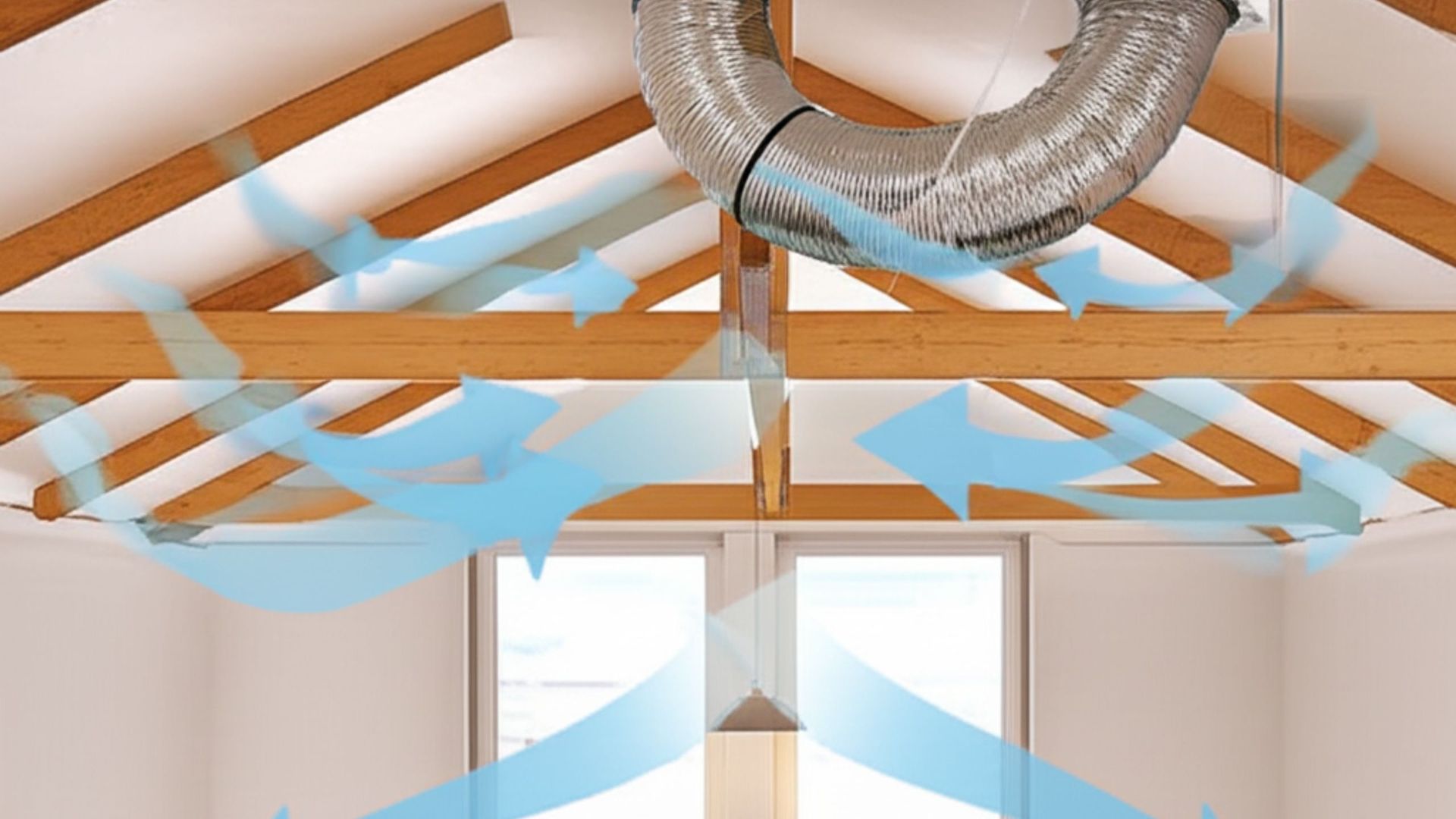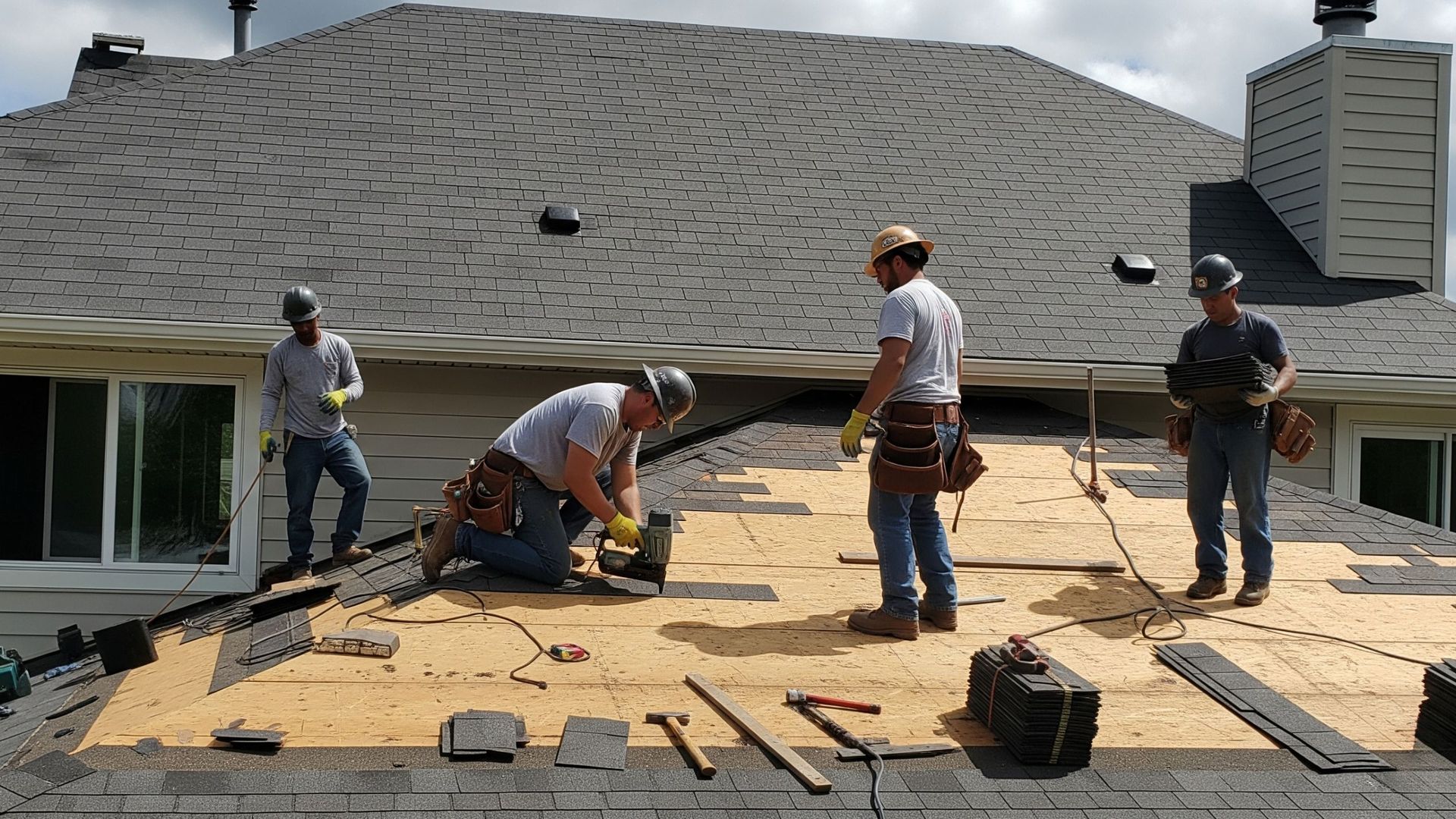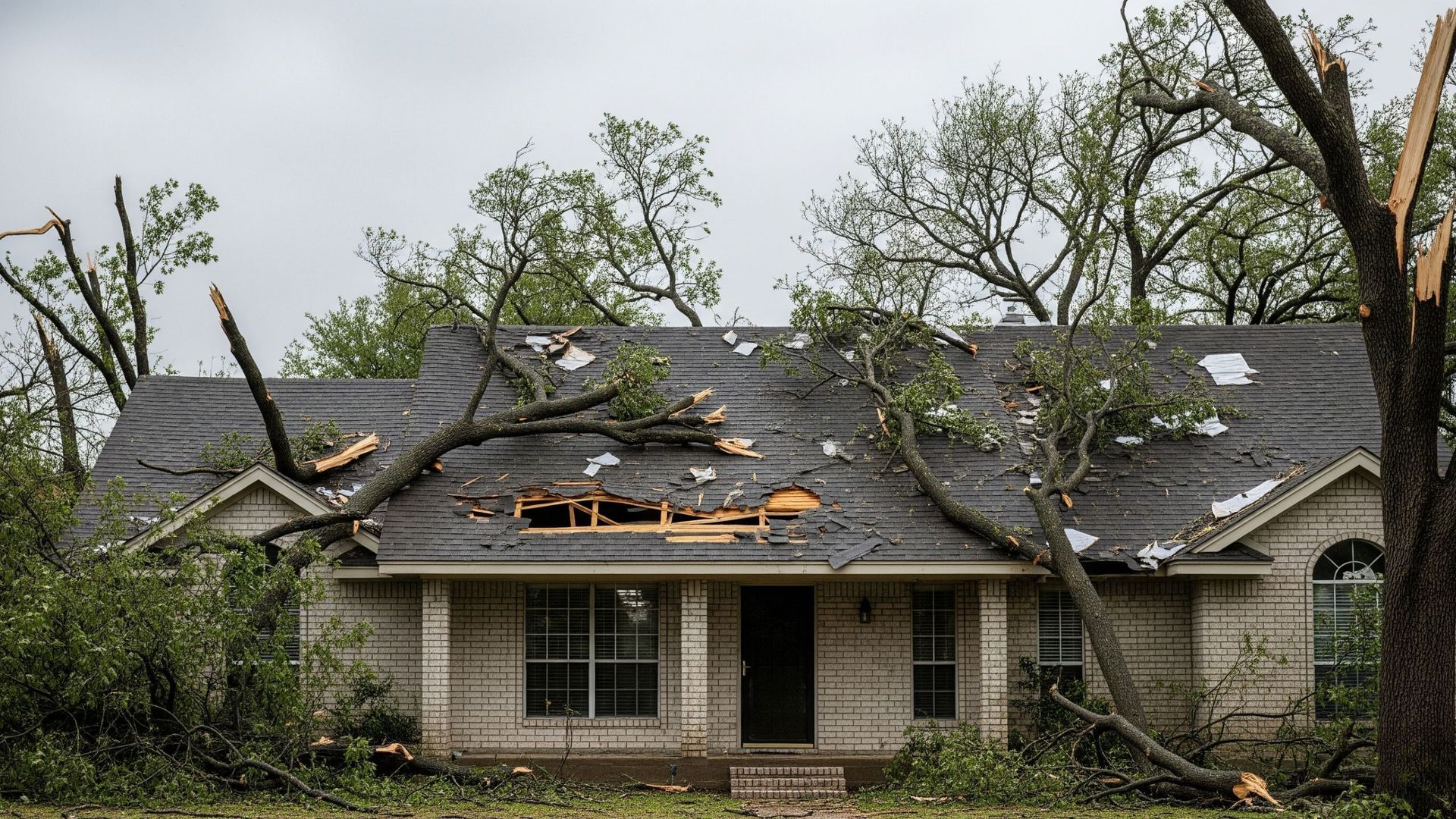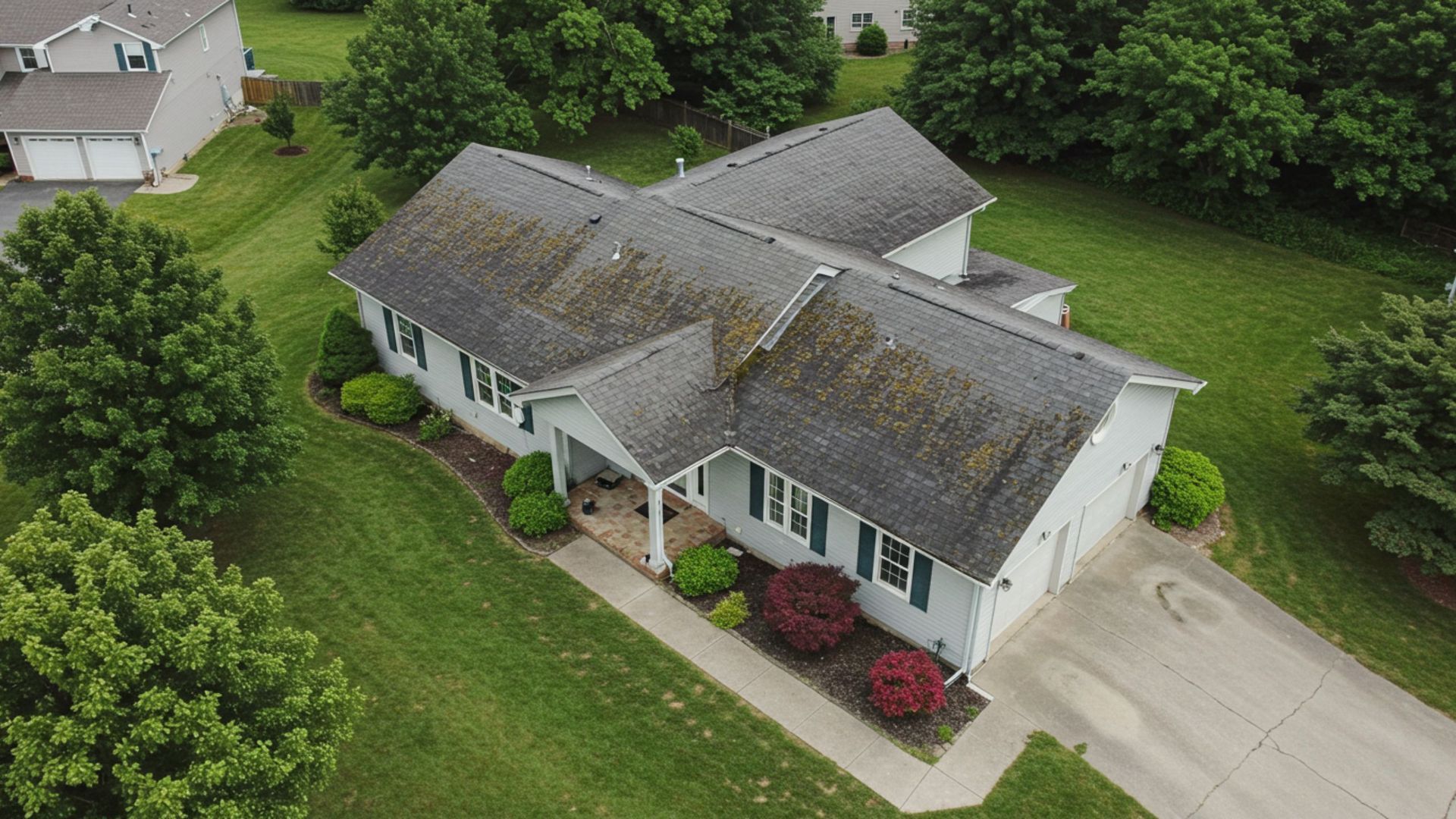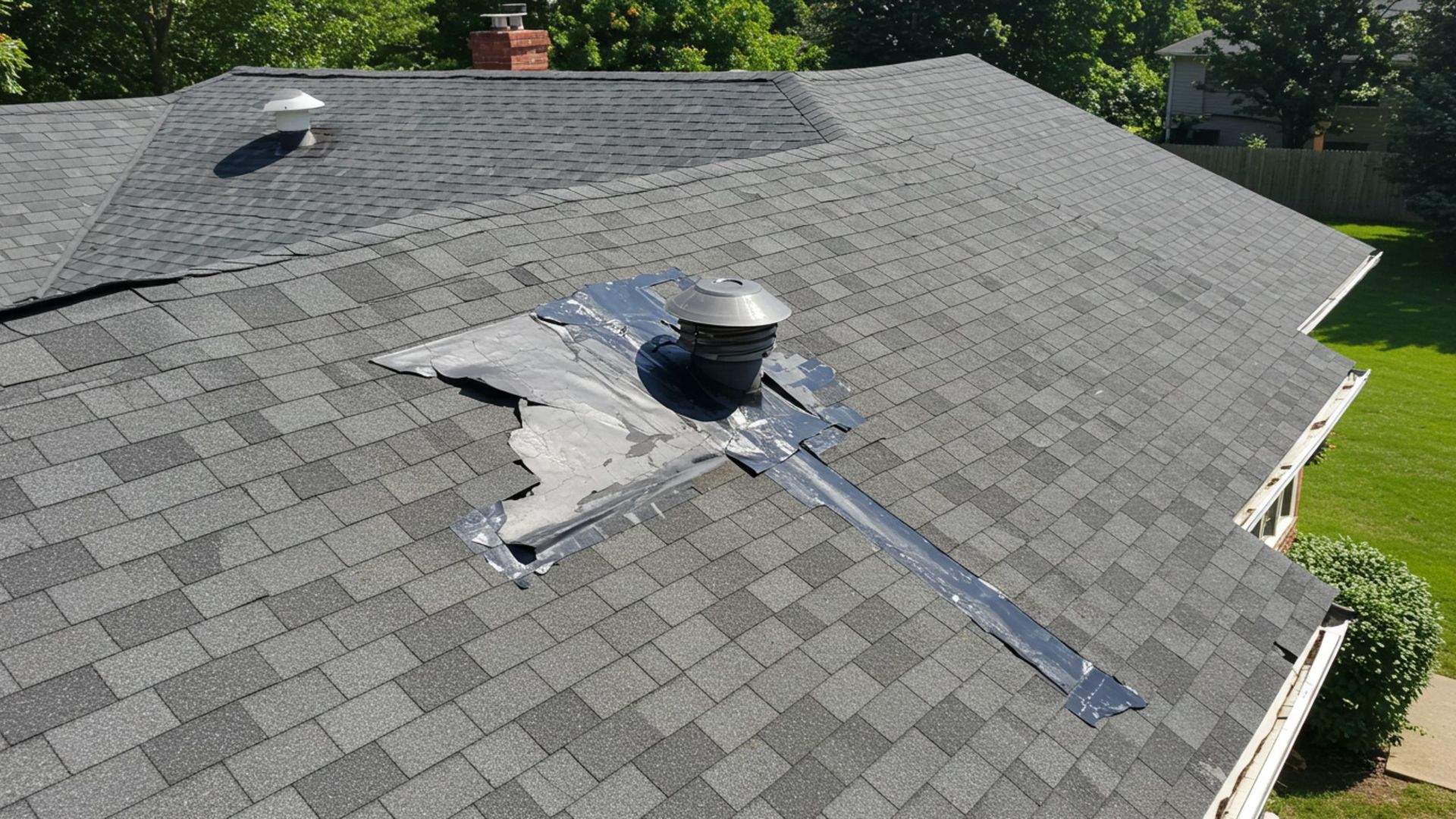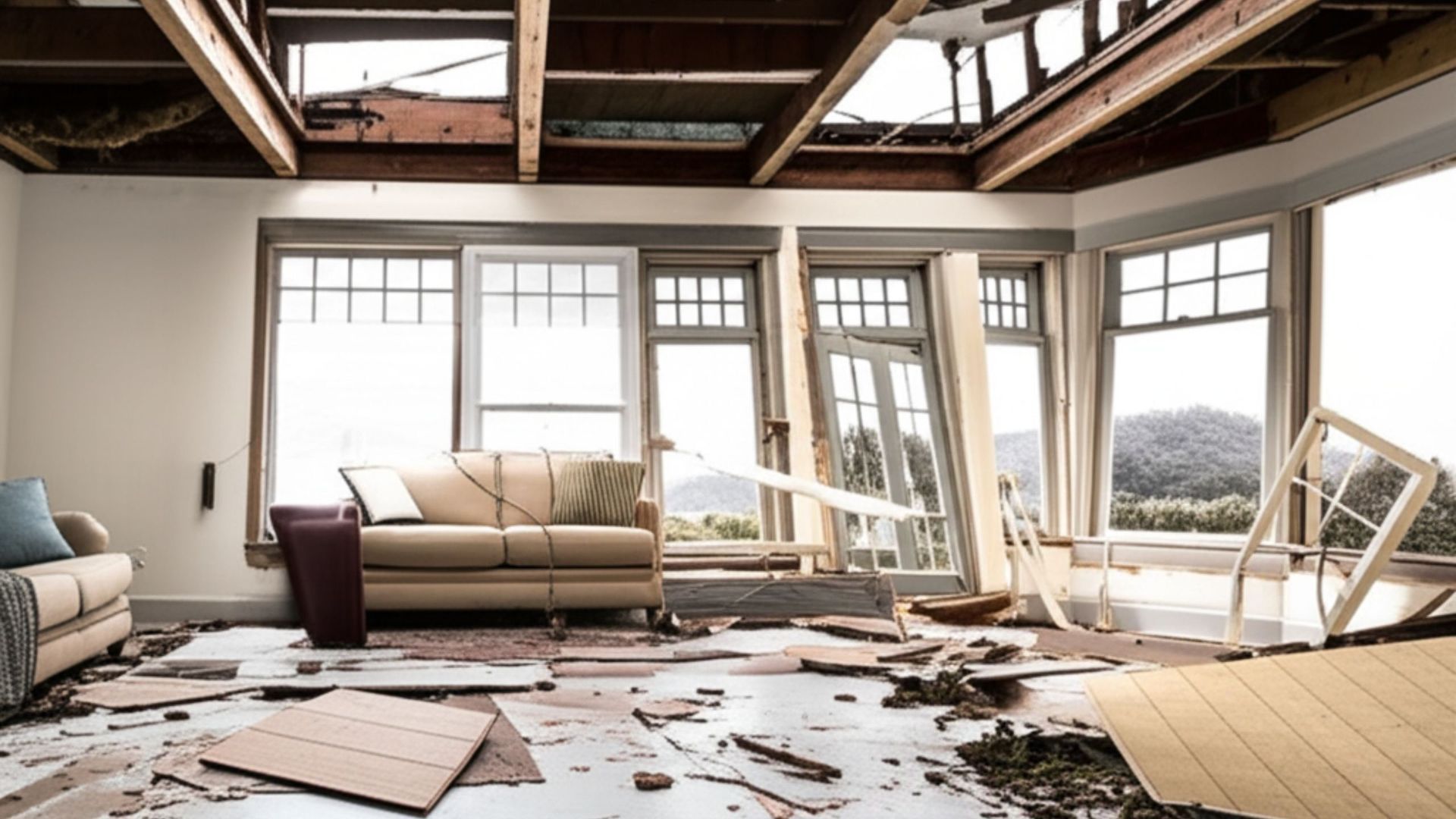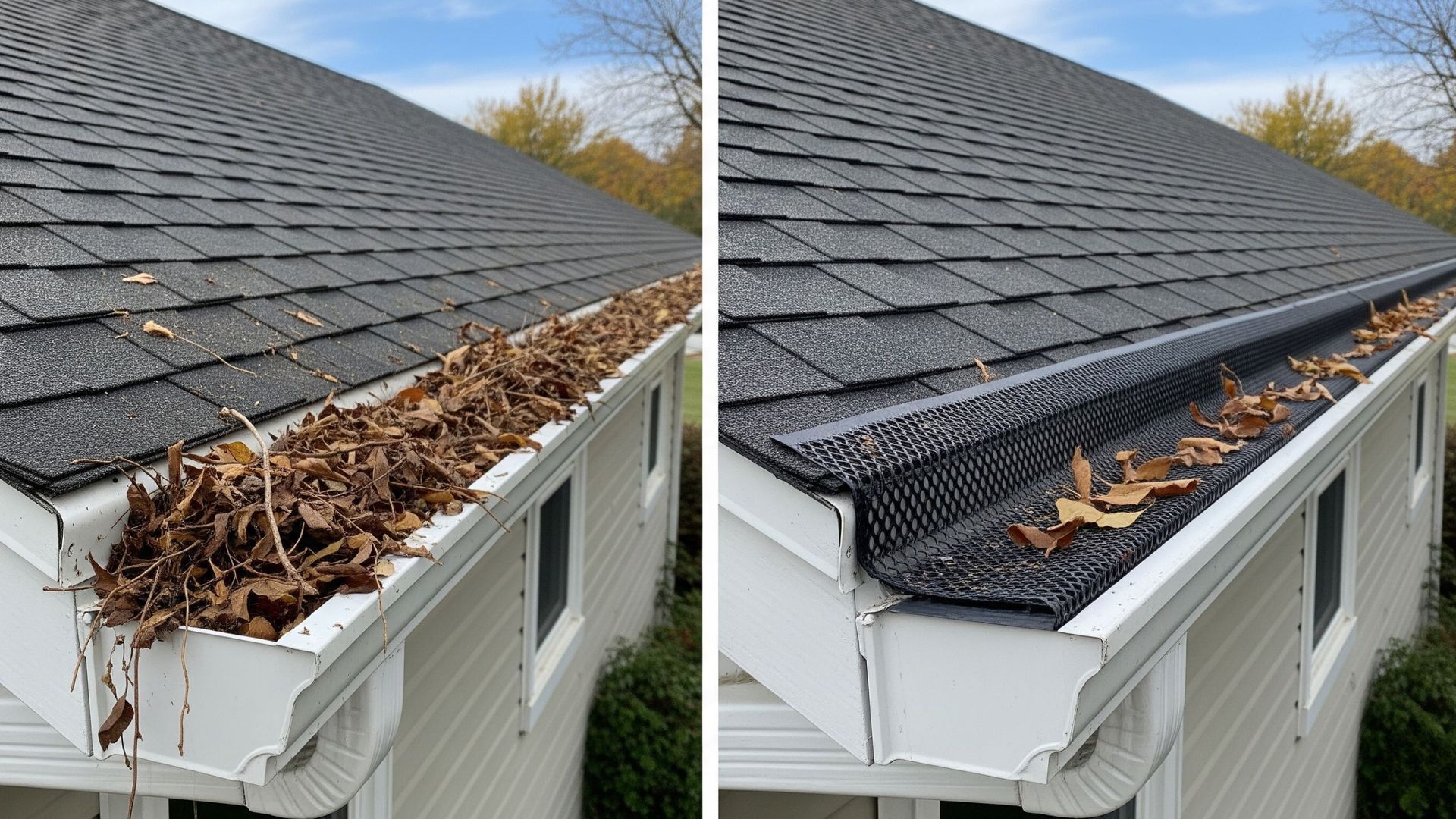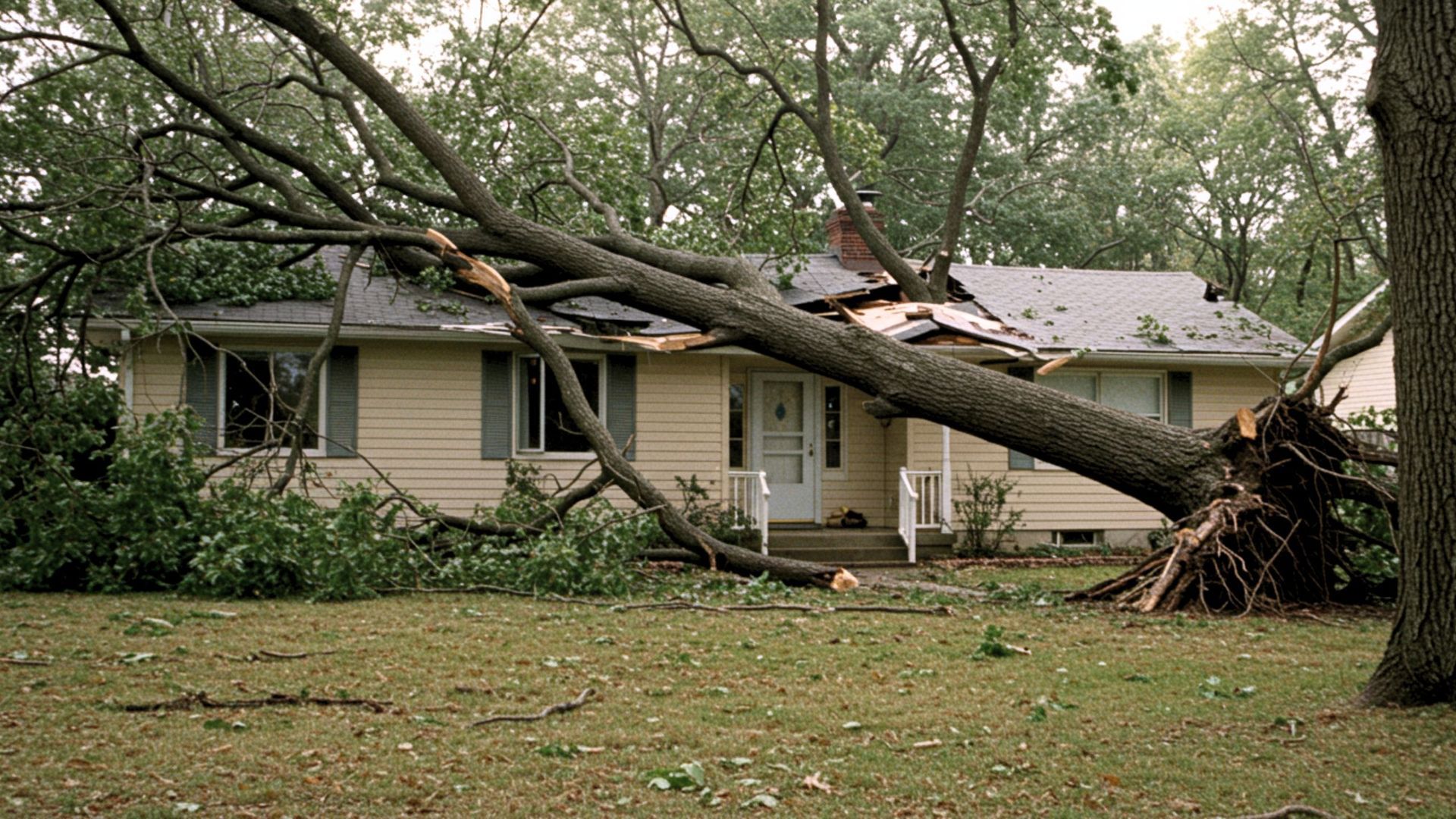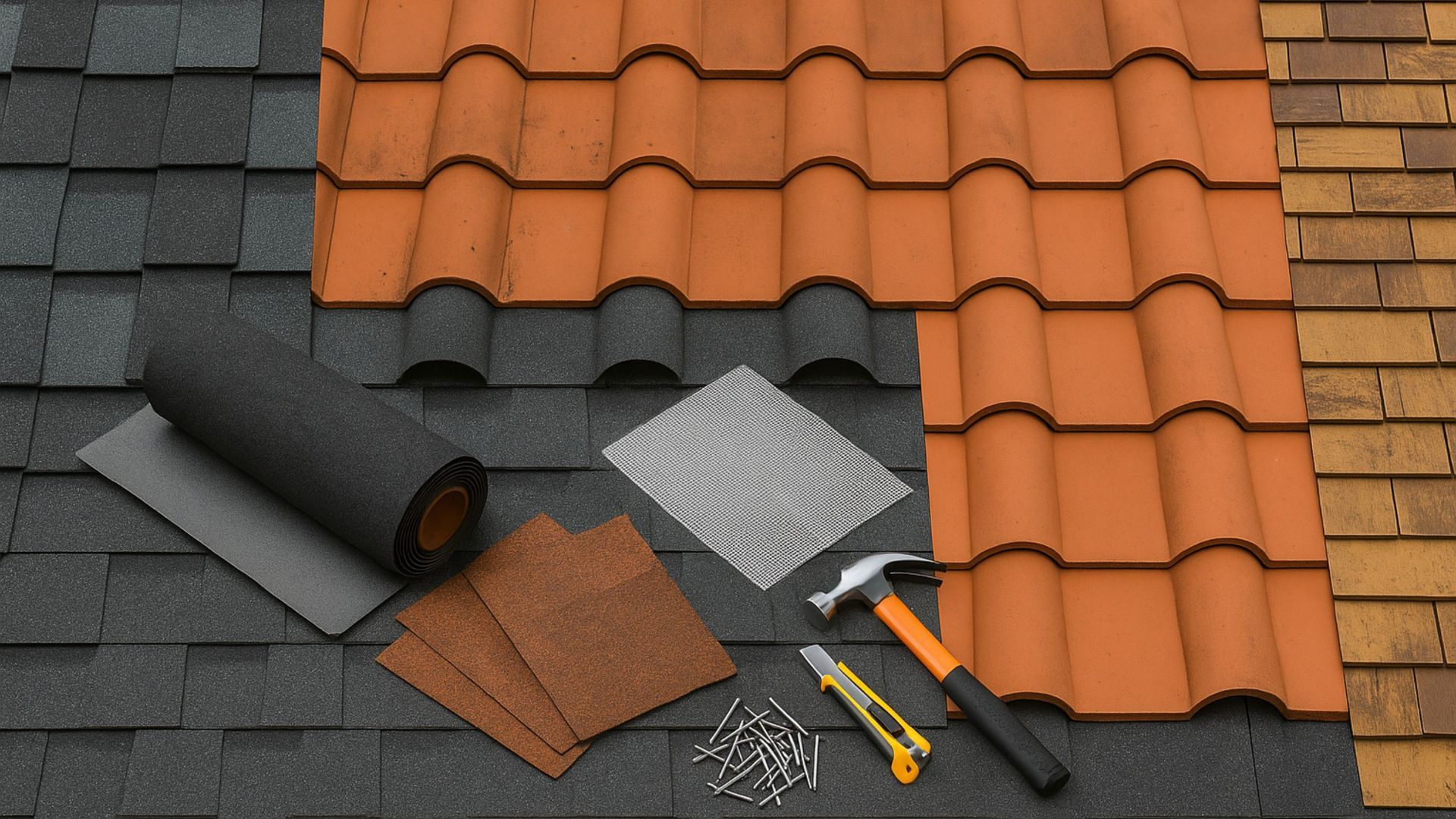The Importance of Emergency Roof Repair During Storm Season
Storm season in Texas brings powerful winds, heavy rain, and weather that can test any roof's limits. For many homeowners, the initial signs of trouble aren’t visible until water begins leaking inside or a section of shingles is missing.
When that occurs, emergency roof repair goes beyond convenience — it becomes a necessity.
Understanding what emergency roof repair entails and why timing is critical can help you act swiftly and safeguard your home when it matters most.
Why Storms Put Roofs at Risk
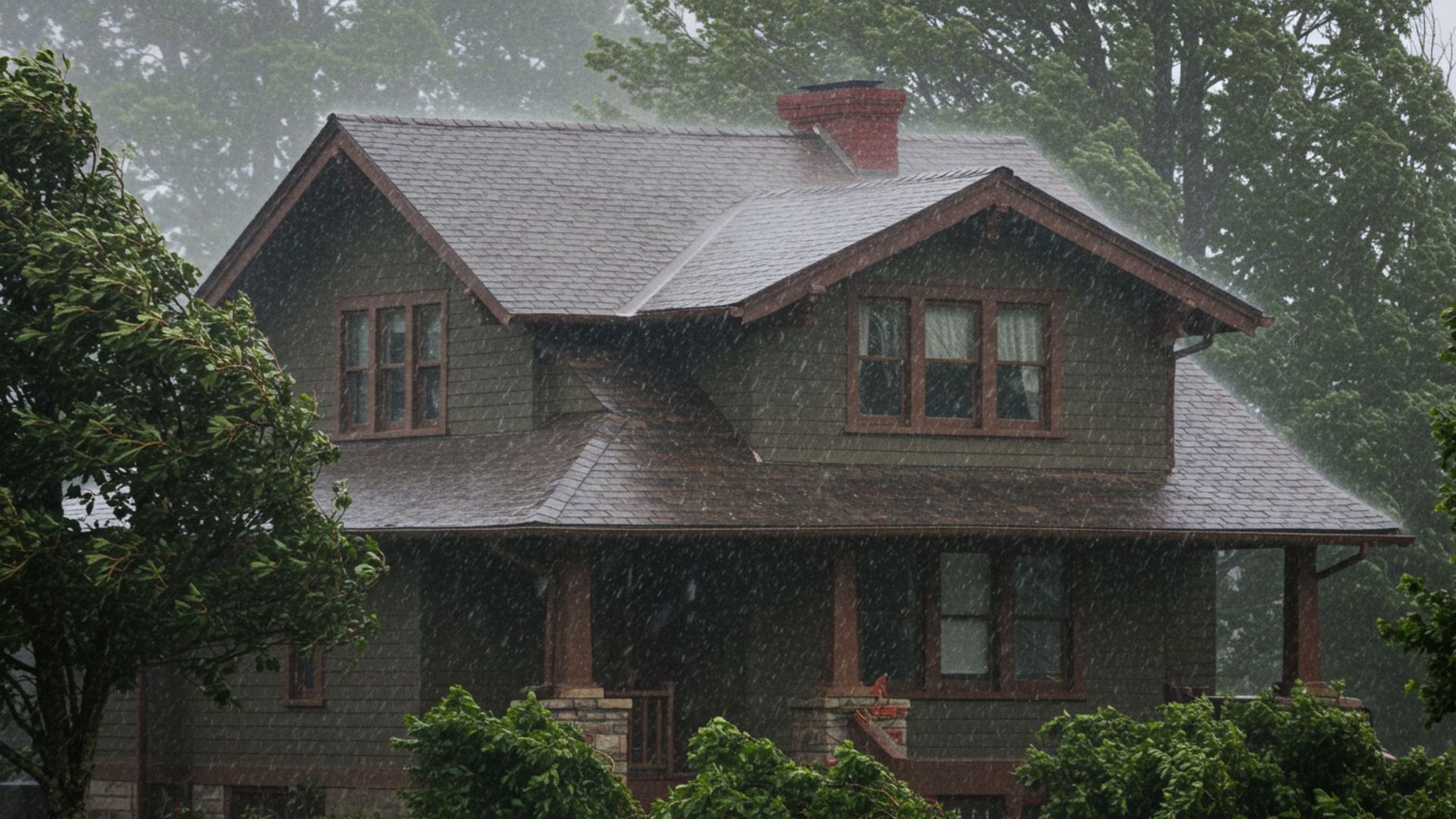
Storms don’t only bring rain; they also combine strong wind gusts, hail, lightning, and falling branches — each of which can independently cause damage.
Common issues requiring emergency repair include:
- Shingles torn off or lifted by high winds
- Punctures or holes from debris
- Water leaks and ceiling stains
- Flashing peeled away from vents or chimneys
- Gutters ripped from the roofline
In many cases, damage like this leaves roofs exposed to further water intrusion, which can quickly lead to structural problems, electrical hazards, and mold growth.
Why Emergency Repairs Can’t Wait
When water finds a way in, every minute counts. A minor roof opening can allow gallons of water to enter during a single storm.
Delaying a repair, even by a day, can result in:
- Ruined insulation
- Sagging ceilings
- Warped framing
- Mold in walls or attic spaces
- More expensive repairs later on
Emergency roof repair aims to prevent further damage. Even temporary fixes, like tarping, can provide you with the time needed to plan full repairs without risking additional interior damage.
What Emergency Roof Repair Typically Includes
Depending on the situation, emergency service may involve:
- A full inspection to assess the extent of the damage
- Tarping exposed areas to prevent further leaks
- Removing fallen branches or debris
What Emergency Roof Repair Typically Includes
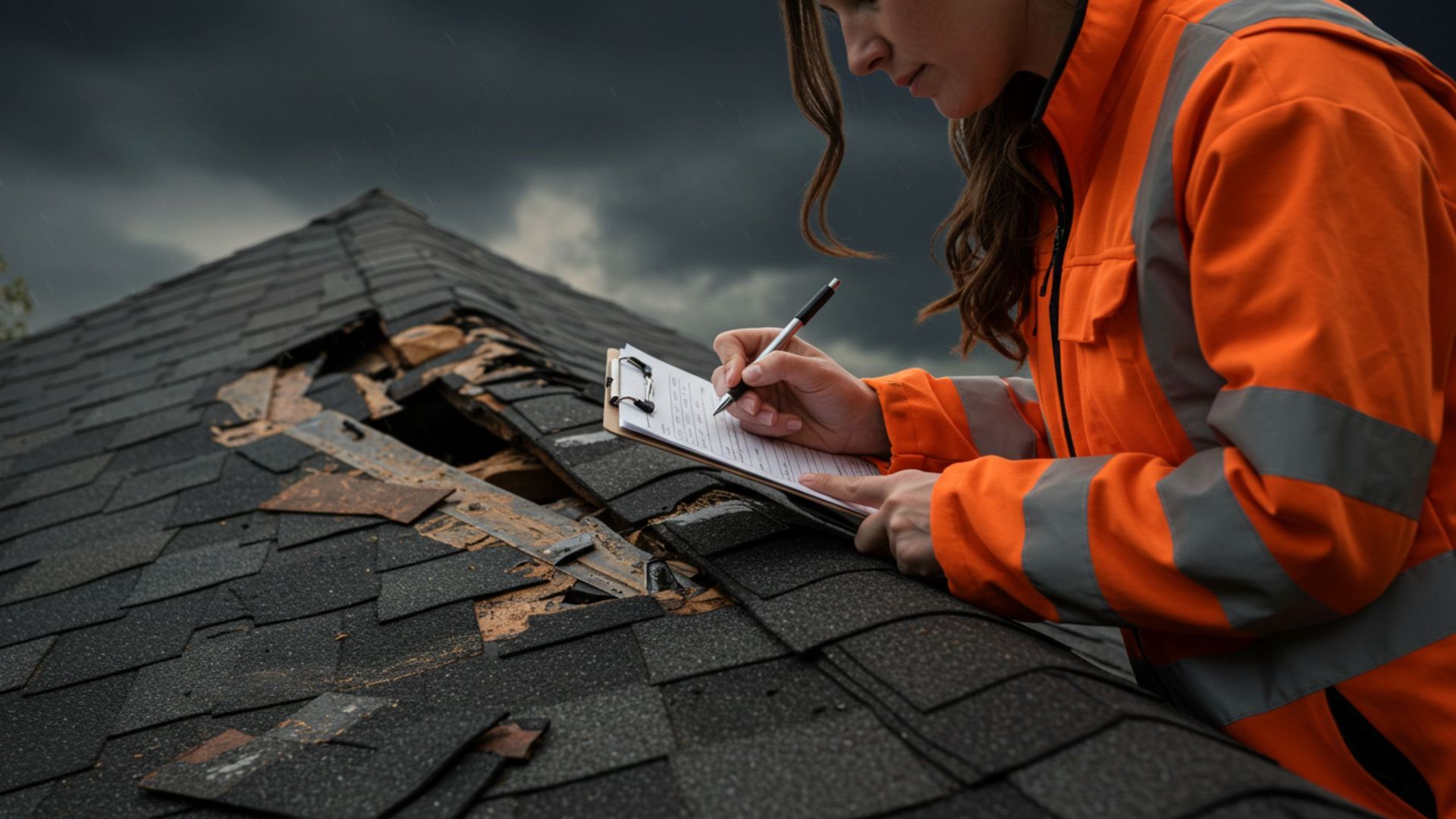
Depending on the situation, emergency service may involve:
- A full inspection to assess the extent of the damage
- Tarping exposed areas to prevent further leaks
- Removing fallen branches or debrisSecuring loose shingles or flashing
- Documenting damage for insurance purposes
- The goal is to stabilize the situation, halt active leaks, and provide clear next steps for permanent repair or replacement.
The goal is to stabilize the situation, halt active leaks, and provide clear next steps for permanent repair or replacement.
How to Spot Signs You Might Need Emergency Repair
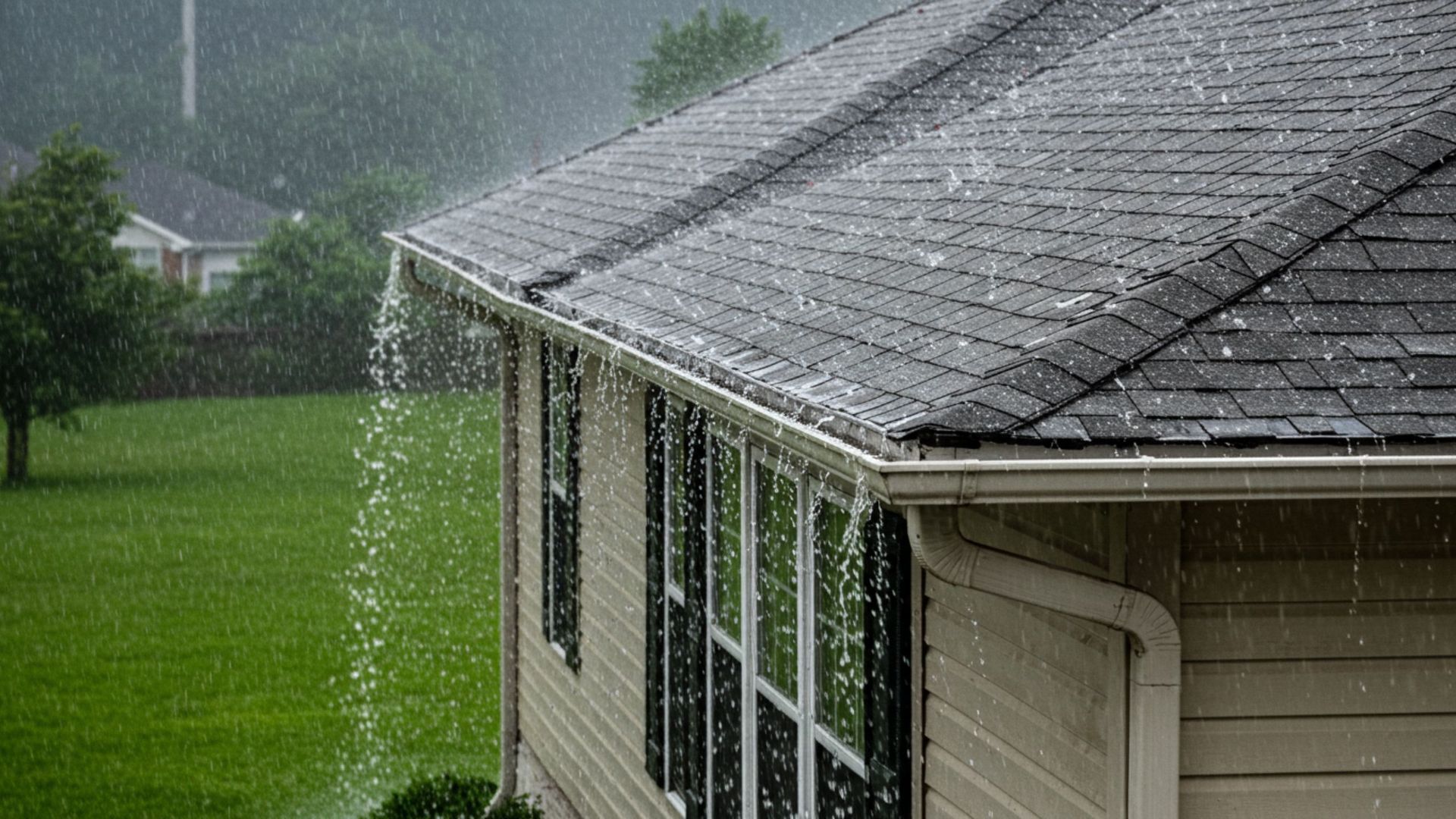
Not all roof problems are easily visible, especially during or immediately after a storm. Keep an eye out for:
- Dripping water or wet spots on ceilings
- Dark streaks or bubbling paint on walls
- Sudden loss of shingles
- Gutters overflowing in places they shouldn’t
- Debris on the roof or in the yard near your home
If you notice any of these signs, it’s worth having the roof inspected right away — especially if more storms are imminent.
Being Prepared Is Half the Battle
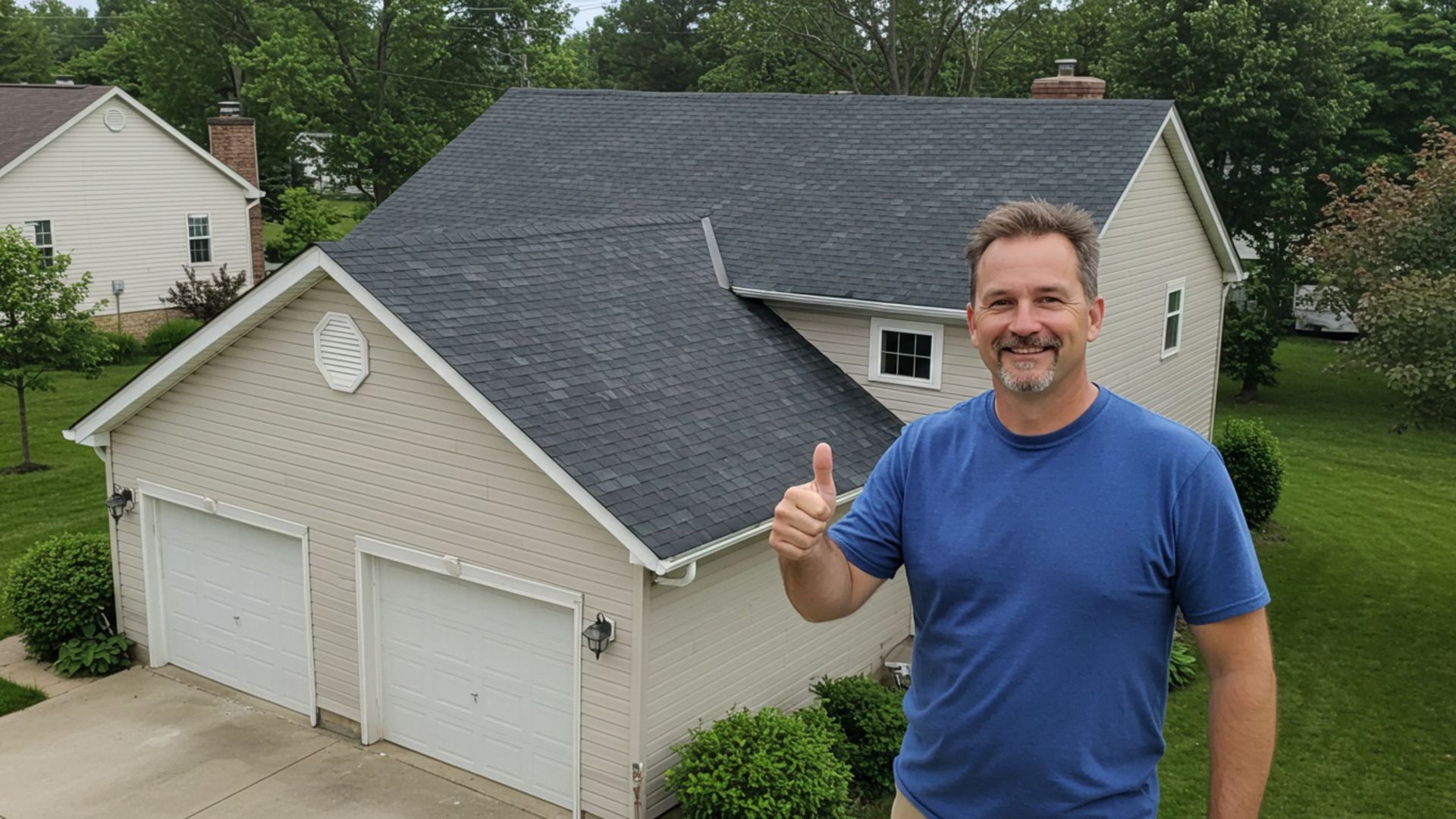
While no one can prevent every storm, being prepared — understanding what to look for, who to call, and how to respond — helps reduce stress and damage when severe weather hits.
A solid roof serves as your home’s first line of defense. Emergency repairs ensure that the line remains strong, even when storms provide little warning.
